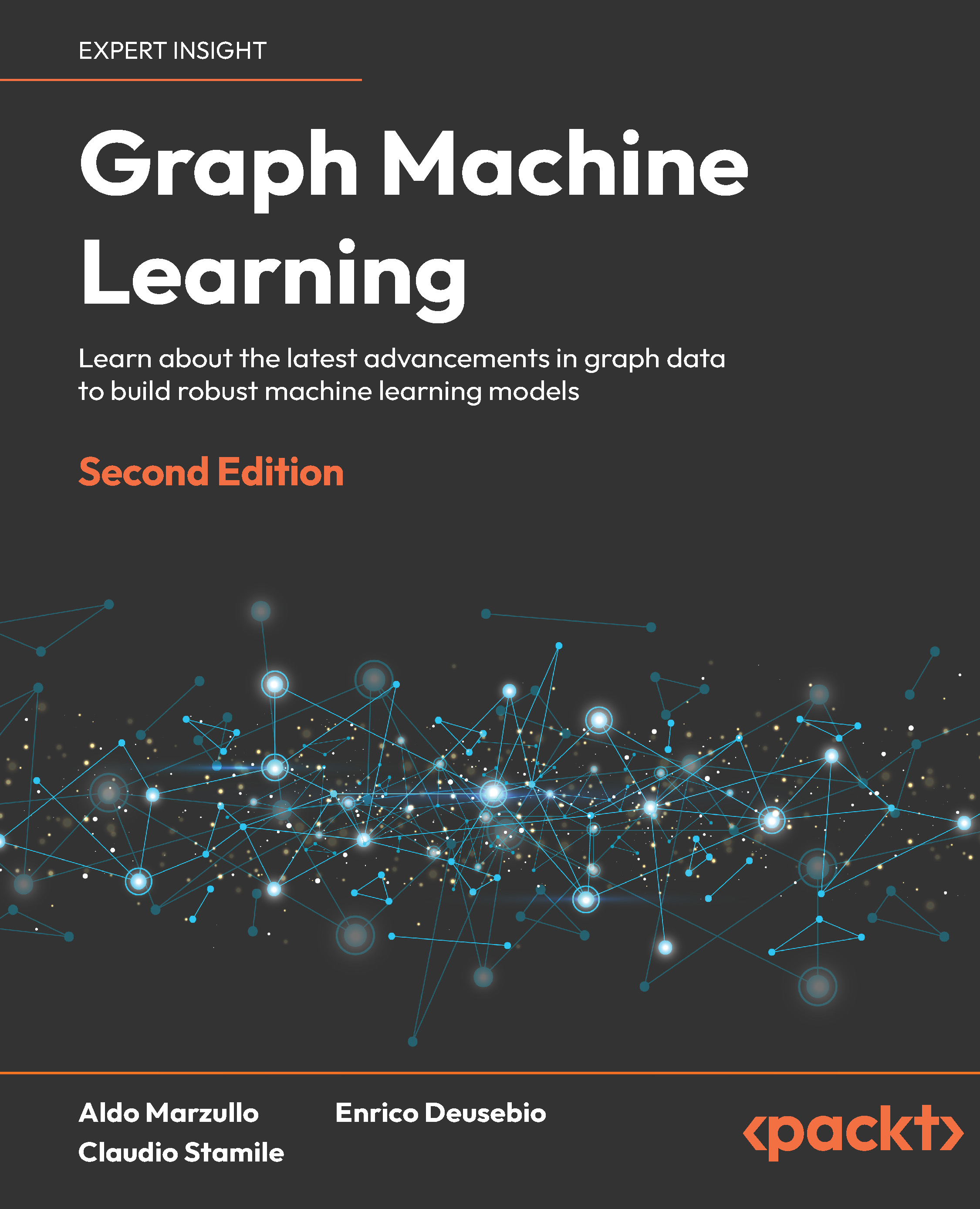Researchers from Virginia Tech, Chen Gao, Yuliang Zou, and Jia-Bin Huang, recently published a paper on ‘iCAN: Instance-Centric Attention Network for Human-Object Interaction Detection.’ In it, they propose an ‘instance-centric attention module’ (iCAN) for human-object interaction detection. This module uses an incredibly fast regional convolutional neural network (R-CNN), which, in turn, is much more effective in identifying and understanding the human-object interaction.
In order to understand the situation in a scene or an image, computers need to recognize how humans interact with surrounding objects. This can be done using human-object interaction, localizes a person and an object, and then well as identifies the relationship - or interaction - between them.
The core idea of this research is that an image of a person or an object contains informational cues on the most relevant parts of an image for an algorithm to attend to - this means making predictions should be easier.
To exploit this cue, researchers propose an instance-centric attention module that learns to dynamically highlight regions in an image conditioned on the appearance of each instance. Thus, this network allows to selectively aggregate features relevant for recognizing human-object interactions. The researchers validated the efficacy of the proposed network using the COCO and HICO-DET datasets and showed that this approach compares favorably with the state-of-the-art.

iCAN module
Highlights of the iCAN paper include:
- The researchers have introduced an instance-centric attention module that allows the network to dynamically highlight informative regions for improving HOI detection.
- They have also established a new state-of-the-art performance on two large-scale HOI benchmark datasets.
- They conducted a detailed ablation study and error analysis to identify the relative contributions of the individual components and quantify different types of errors.
Unlock access to the largest independent learning library in Tech for FREE!
Get unlimited access to 7500+ expert-authored eBooks and video courses covering every tech area you can think of.
Renews at $15.99/month. Cancel anytime
- They also released the source code and pre-trained models to facilitate future research.
Advantages of the iCAN module
- Unlike hand-designed contextual features based on pose, the entire image, or secondary regions, iCAN’s attention map is automatically learned and jointly trained with the rest of the networks for improving the performance.
- On comparing with attention modules designed for image-level classification, the instance-centric attention map provides greater flexibility as it allows attending to different regions in an image depending on different object instances.
To know about iCAN in detail head on to the research paper.
Build intelligent interfaces with CoreML using a CNN [Tutorial]
CapsNet: Are Capsule networks the antidote for CNNs kryptonite?
A new Stanford artificial intelligence camera uses a hybrid optical-electronic CNN for rapid decision making
 United States
United States
 Great Britain
Great Britain
 India
India
 Germany
Germany
 France
France
 Canada
Canada
 Russia
Russia
 Spain
Spain
 Brazil
Brazil
 Australia
Australia
 South Africa
South Africa
 Thailand
Thailand
 Ukraine
Ukraine
 Switzerland
Switzerland
 Slovakia
Slovakia
 Luxembourg
Luxembourg
 Hungary
Hungary
 Romania
Romania
 Denmark
Denmark
 Ireland
Ireland
 Estonia
Estonia
 Belgium
Belgium
 Italy
Italy
 Finland
Finland
 Cyprus
Cyprus
 Lithuania
Lithuania
 Latvia
Latvia
 Malta
Malta
 Netherlands
Netherlands
 Portugal
Portugal
 Slovenia
Slovenia
 Sweden
Sweden
 Argentina
Argentina
 Colombia
Colombia
 Ecuador
Ecuador
 Indonesia
Indonesia
 Mexico
Mexico
 New Zealand
New Zealand
 Norway
Norway
 South Korea
South Korea
 Taiwan
Taiwan
 Turkey
Turkey
 Czechia
Czechia
 Austria
Austria
 Greece
Greece
 Isle of Man
Isle of Man
 Bulgaria
Bulgaria
 Japan
Japan
 Philippines
Philippines
 Poland
Poland
 Singapore
Singapore
 Egypt
Egypt
 Chile
Chile
 Malaysia
Malaysia














